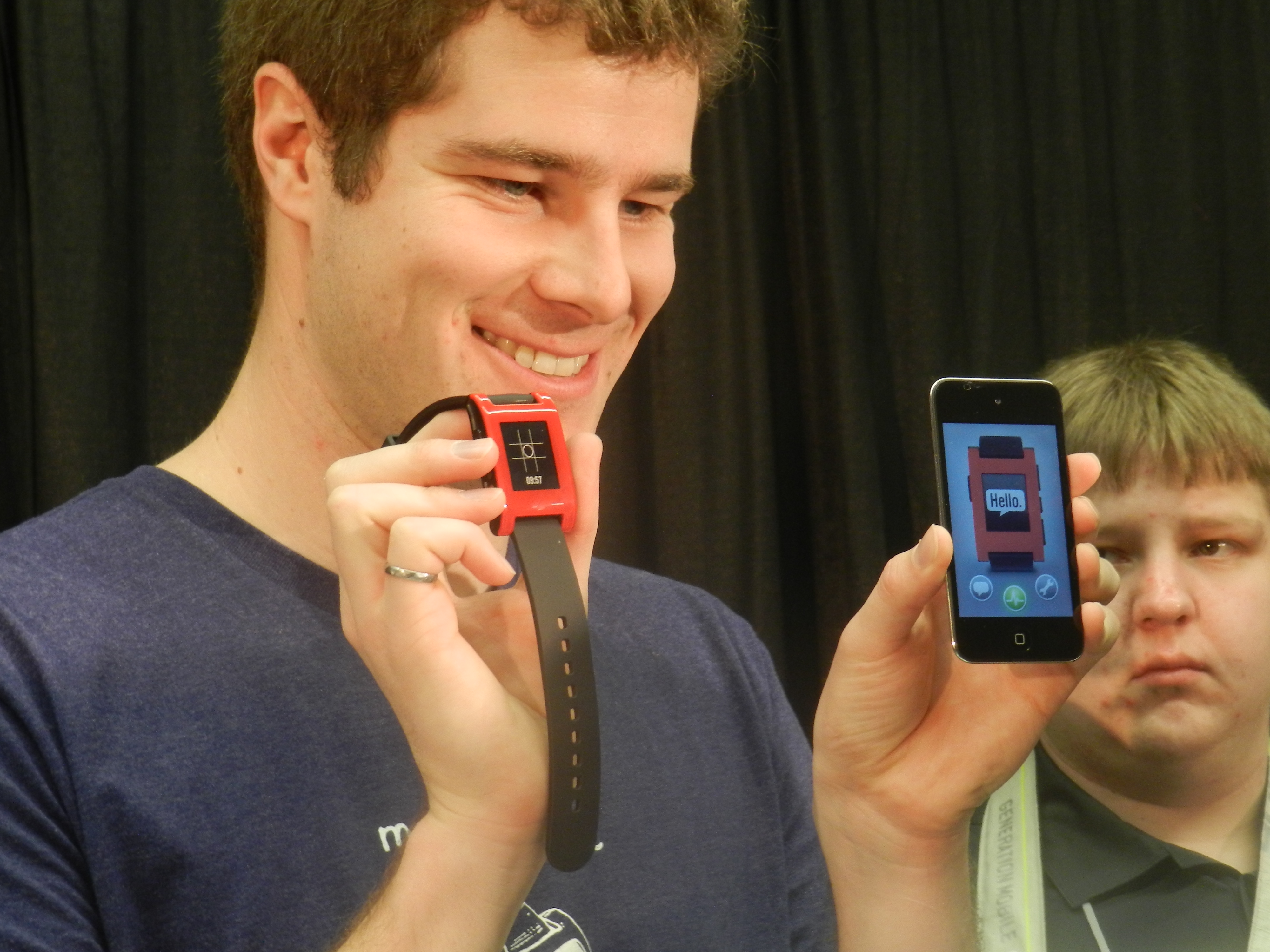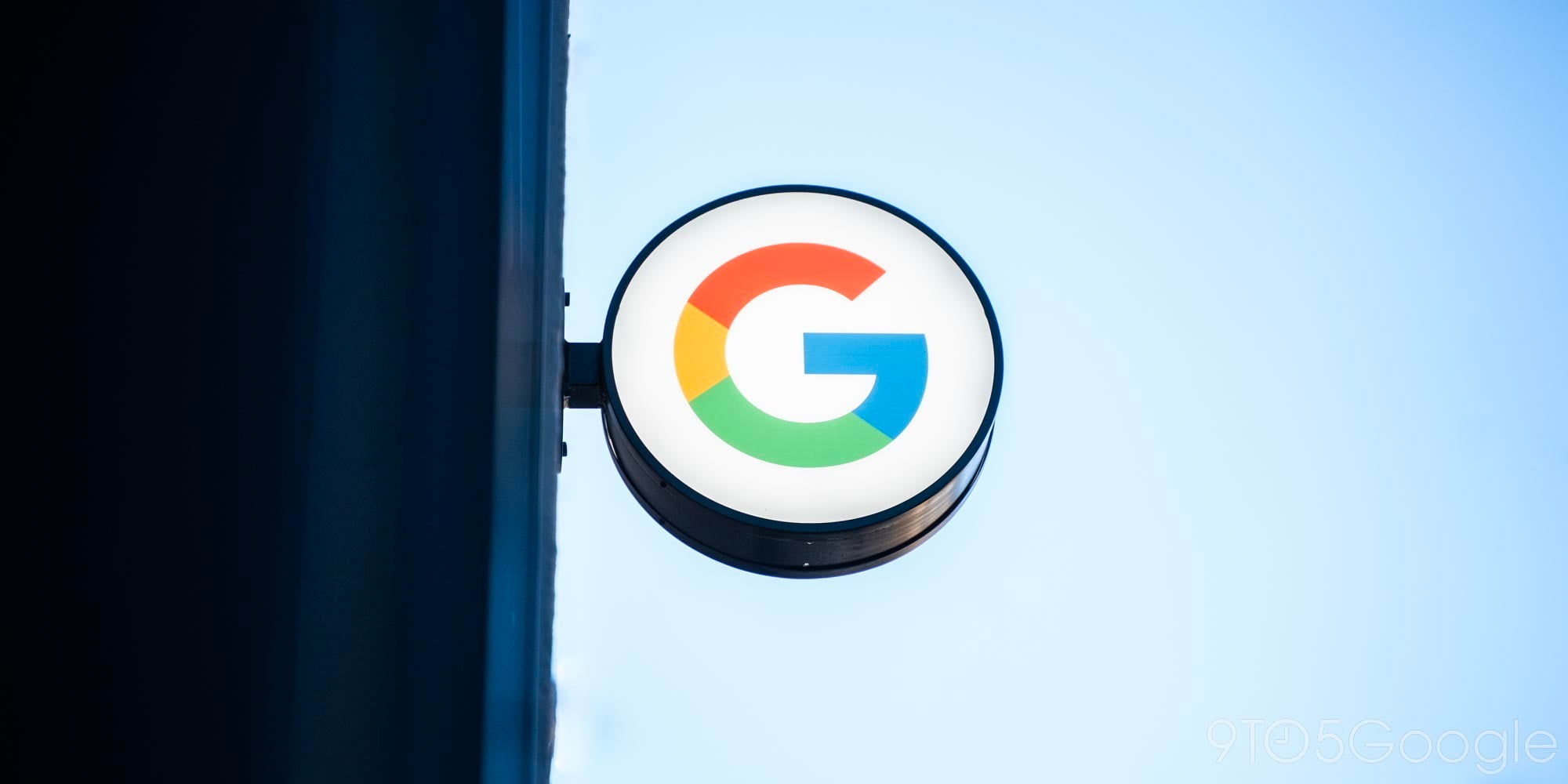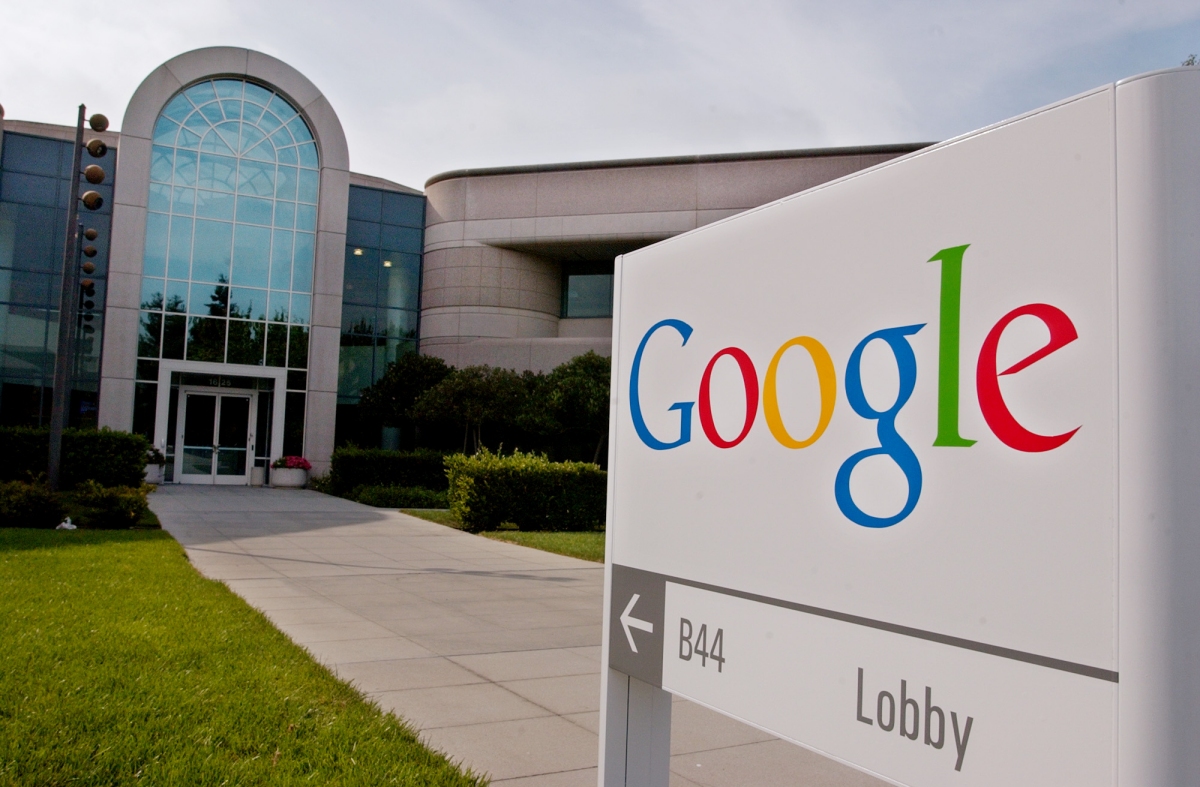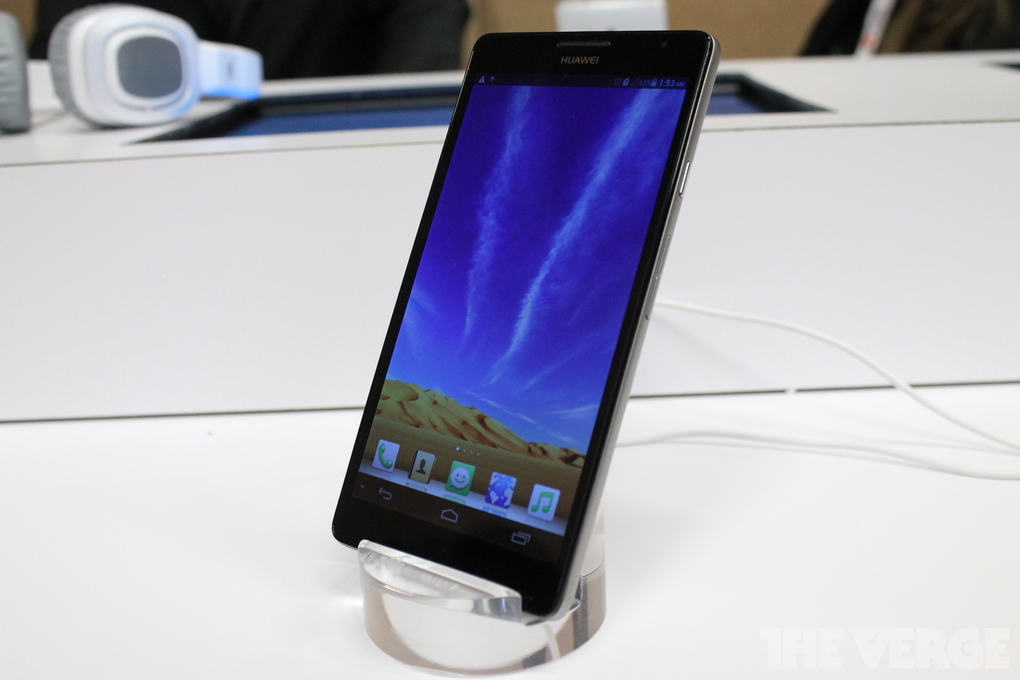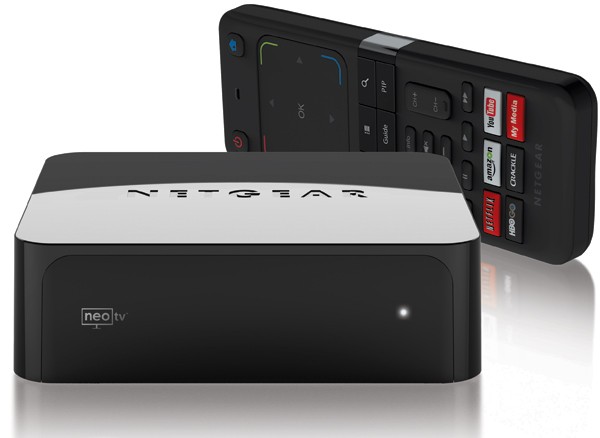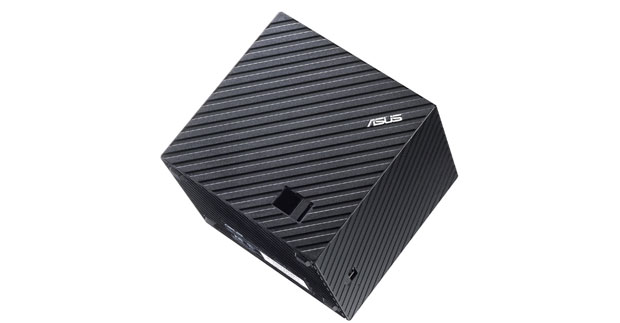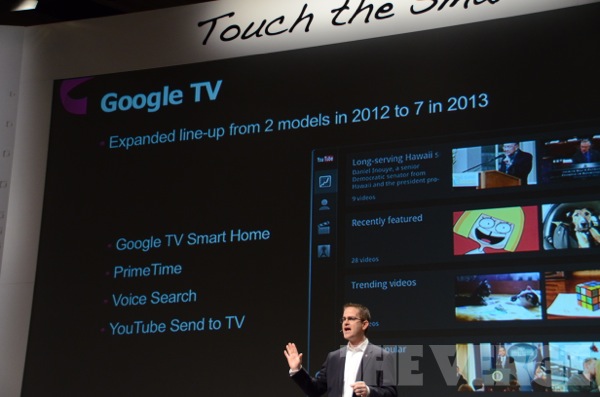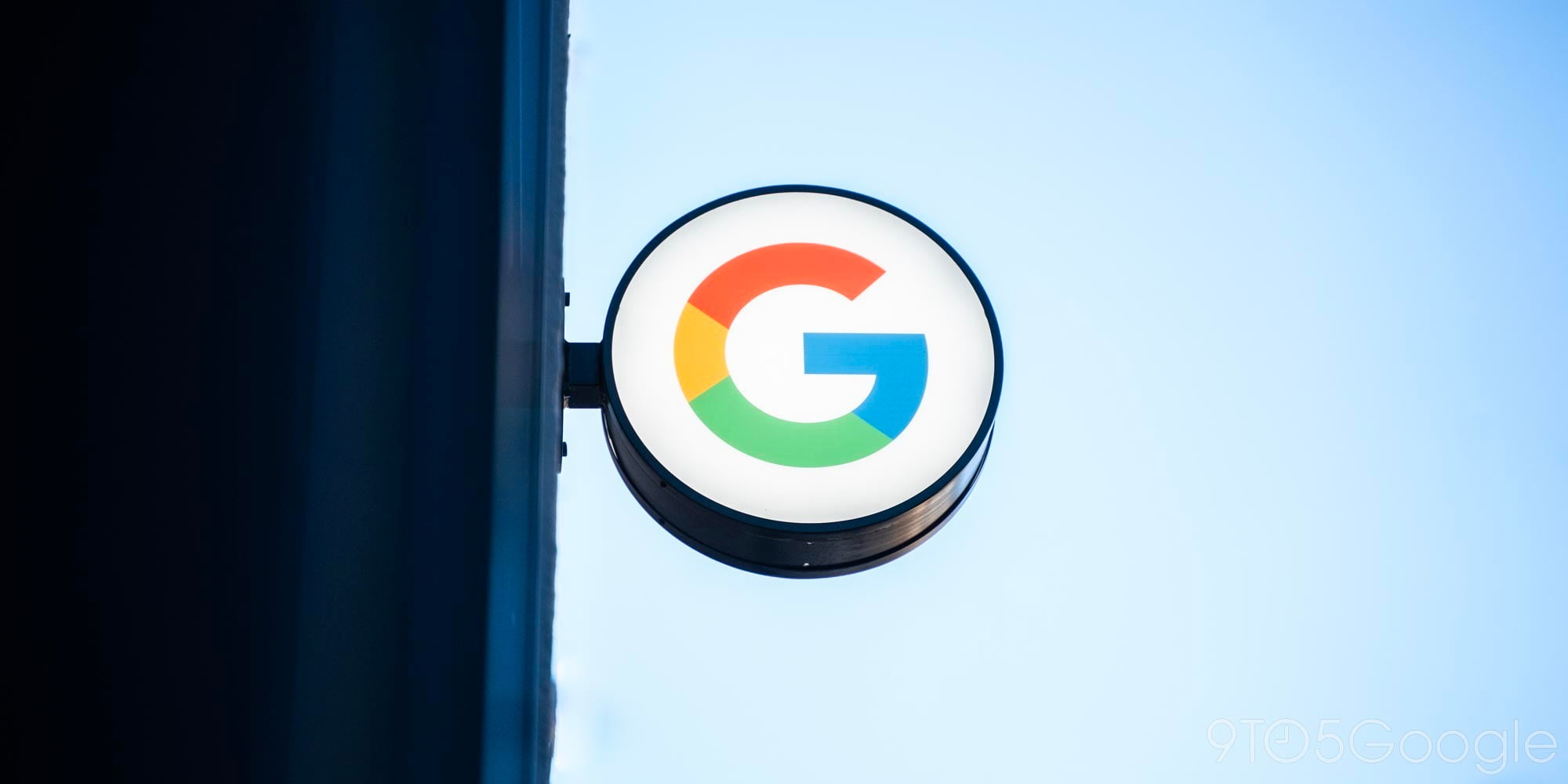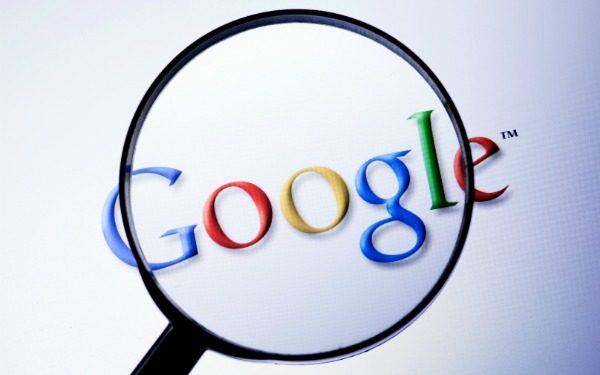[protected-iframe id=”6b9ec0cde3627dfc014bb5dc9276938e-22427743-20587613″ info=”http://live.wsj.com/public/page/embed-90AF3F21_DEB3_4094_B999_5A5556FE3258.html” width=”512″ height=”288″ frameborder=”0″ scrolling=”no”]
Google Executive Chairman Eric Schmidt encouraged North Korean officials to let go of Internet-access barriers if they wish to continue developing their country, he told reporters today in Beijing after concluding his three-day trip to North Korea.
“As the world becomes increasingly connected, their decision to be virtually isolated is very much going to affect their physical world,” Schmidt said, according to The Wall Street Journal. He also noted it would “make it harder for them to catch up economically. We made that alternative very, very clear.”
Schmidt and former New Mexico Governor Bill Richardson led a nine-person American delegation in North Korea this week. Their group included Jared Cohen, a former State Department official who founded Google Ideas, and Tony Namkung, an adviser to Richardson.
Schmidt called the trip “a private visit to North Korea to talk about the free and open Internet,” but the U.S. State Department said earlier on that the timing of their visit was “unhelpful.”
Richardson announced when leaving for Pyongyang on Tuesday that the delegation trip was not a Google trip, but rather a “humanitarian private visit.” He told reporters today that talks with officials on technology were “the most productive talks of the trip.”




